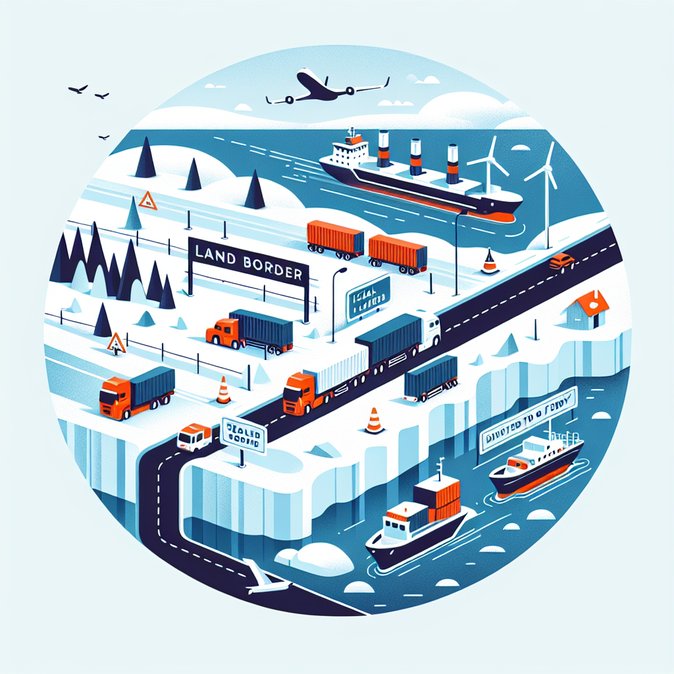
A fresh advisory issued on 22 November—and reiterated by global‐mobility consultancy VisaHQ on Monday—confirms that Finland will keep all eight eastern land-border checkpoints shut “until further notice.” The crossings have been closed since December 2023 in response to what Helsinki calls “instrumentalised migration” orchestrated by Moscow. Emergency legislation renewed in June 2025 empowers border guards to refuse asylum applications at the frontier and reroute claims to airports and seaports.
The continued closure has heavy logistical consequences. Road freight that once flowed through Vaalimaa and Nuijamaa must now detour onto Baltic Sea ferries via Tallinn or Stockholm, adding several days to delivery schedules and inflating costs for project cargo bound for northwest Russia. Dual-national families, commuter workers and shoppers accustomed to same-day crossings must now travel by air or sea; carriers have been told to deny boarding to anyone ticketed to a land checkpoint.
![Travel Advisory Confirms Finland–Russia Land Border to Stay Fully Closed]()
Prime Minister Petteri Orpo has hinted that the border could reopen if Russia stops facilitating irregular crossings, but officials concede that no timeline exists. Winter conditions complicate any sudden reversal because infrastructure has been mothballed and staff redeployed to other frontiers.
The Finnish stance is being watched closely by other EU states grappling with hybrid-migration tactics. Corporates with staff near the frontier should maintain contingency transport contracts, update evacuation protocols for employees with family in Russia and factor longer lead times into supply-chain planning. Mobility managers should also note that visa-holding travellers cannot rely on the land route and must secure Schengen-compliant tickets via Helsinki-Vantaa, Turku or sea crossings.
While the closure chiefly affects Finland and Russia, its ripple effects extend to pan-Nordic logistics and may accelerate EU moves toward a tougher common external-border policy.
The continued closure has heavy logistical consequences. Road freight that once flowed through Vaalimaa and Nuijamaa must now detour onto Baltic Sea ferries via Tallinn or Stockholm, adding several days to delivery schedules and inflating costs for project cargo bound for northwest Russia. Dual-national families, commuter workers and shoppers accustomed to same-day crossings must now travel by air or sea; carriers have been told to deny boarding to anyone ticketed to a land checkpoint.

Prime Minister Petteri Orpo has hinted that the border could reopen if Russia stops facilitating irregular crossings, but officials concede that no timeline exists. Winter conditions complicate any sudden reversal because infrastructure has been mothballed and staff redeployed to other frontiers.
The Finnish stance is being watched closely by other EU states grappling with hybrid-migration tactics. Corporates with staff near the frontier should maintain contingency transport contracts, update evacuation protocols for employees with family in Russia and factor longer lead times into supply-chain planning. Mobility managers should also note that visa-holding travellers cannot rely on the land route and must secure Schengen-compliant tickets via Helsinki-Vantaa, Turku or sea crossings.
While the closure chiefly affects Finland and Russia, its ripple effects extend to pan-Nordic logistics and may accelerate EU moves toward a tougher common external-border policy.











